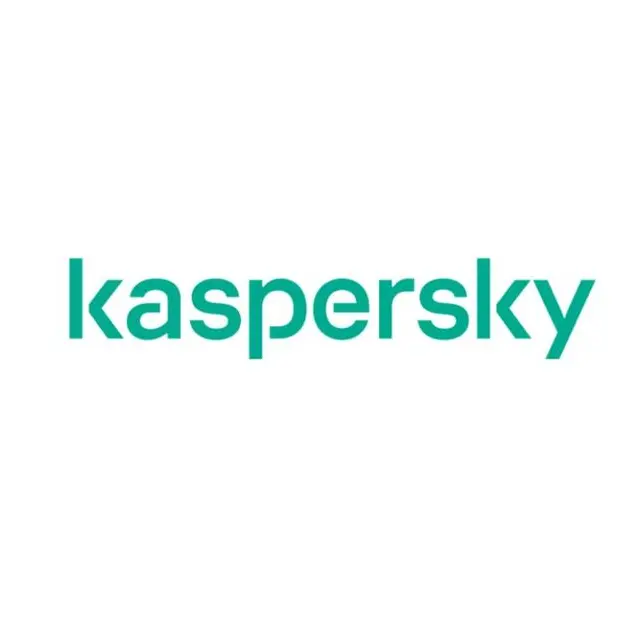PHOTO
KPMG in Qatar has unveiled the ninth edition of its Gulf Cooperation Council (GCC) listed banks’ results report, offering a comprehensive analysis of financial outcomes and key performance indicators for leading commercial banks across the GCC, compared to the previous year. Titled 'Adaption and growth', the report highlights major financial trends in the regional banking sector. By sharing insights from Financial Services heads across its member firms in the six GCC countries, KPMG aims to provide valuable perspectives on banking markets and the financial performance of leading banks, driving banking strategies and shaping the industry across the region.
Commenting on significant trends in the GCC banking sector, Omar Mahmood, Head of Financial Services for KPMG in the Middle East and South Asia, and Caspian Region and Partner at KPMG in Qatar, stated: “2023 emerged as a year of growth post a period of adaptation and investment in the region, reflecting not only the strength of GCC economies but also the results of effective management, digital transformation and improved return on investments over the past few years.”
In the Qatar banking sector, this year’s report indicates that Qatar National Bank continues to maintain the top spot as the largest bank in the GCC in terms of assets at USD 338bn. Qatar also boasts the lowest cost-to-income ratio at 24.6 percent and the highest coverage ratio for stage 3 loans at 84.2 percent.
Profitability across the region witnessed a significant double-digit increase of 23.1 percent this year, primarily fueled by growth in loan books, improved interest margins, reduced loan impairments, and ongoing cost-efficiency measures. Asset growth remained robust, with banks expanding their asset base by 8.1 percent, driven by lending to high-quality customers.
Net interest margins increased by 0.2 percent, as a result of the rising interest rate environment, which helped drive profit growth. The overall NPL ratio for the GCC banking sector decreased by 0.2 percent to 3.5 percent, indicating a conservative approach to credit risk management.
ROA (1.3 percent in 2022) increased by 0.7 percent compared to the previous year reflecting higher profitability relative to asset growth. Cost-to-income ratios reduced compared to 2022 (39.7 percent to 40.4 percent), reflecting the continued focus on cost reductions and operating efficiency. Moreover, the average coverage ratio for stage 3 loans increased by 0.4 percent from the prior year, highlighting the listed banks' cautious provisioning approach.
Despite challenges, GCC banks have demonstrated resilience and readiness to adapt and navigate global economic conditions, setting a strong foundation for future growth.











